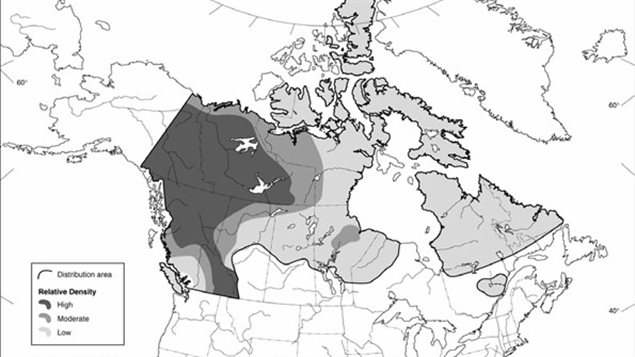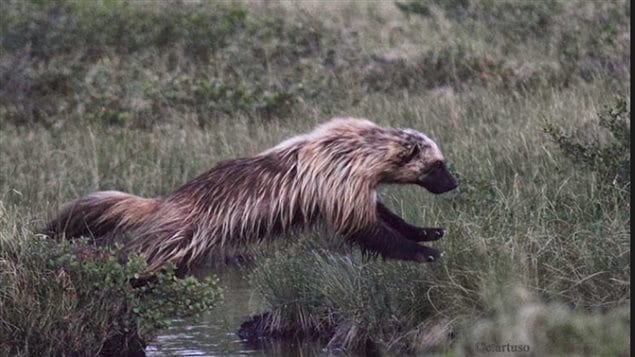The very elusive wolverine is yet another iconic northern animal facing increased pressure from humans and climate.
Wolverines are harvested for their warm fur which is especially prized for use as a lining for parka hoods
The Committee on the Status of Endangered Wildlife in Canada (COSEWIC), has noted that wolverines’ southern range “is increasingly fragmented by industrial activity,” Environment Canada stated that while it appears there is no decline overall in the population, “This species’ habitat is increasingly fragmented by industrial activity, especially in the southern part of its range, and increased motorized access increases harvest pressure.”

The COSEWIC website says however that population estimates are very limited and trends unknown, relying on harvesting records which are incomplete as many pelts used domestically are not recorded.

In May of this year COSEWIC suggested listed the wolverine as a Species at Risk, defined as “A wildlife species that may become threatened or endangered because of a combination of biological characteristics and identified threats.” Threatened and endangered are two categories higher up on the scale of concern about the species future survival.
It is also believed that climate change is affecting animals in the southern region of the animals range, pushing them further north, adding that, “The species has a low reproductive rate, is sensitive to human disturbance and requires large areas of land to maintain healthy populations.”
Prior to being listed as “at risk” under Canada’s Species at Risk Act, Environment Canada has asked hunters and trappers across Nunavut and elsewhere in the north, to give their opinions on the proposed listing by January 15, 2015.
Environment Canada said it would then ask the Nunavut Wildlife Management Board (NWMB) formal suggestion on supporting COSEWIC’s recommendation to list wolverines as a species of special concern.







For reasons beyond our control, and for an undetermined period of time, our comment section is now closed. However, our social networks remain open to your contributions.